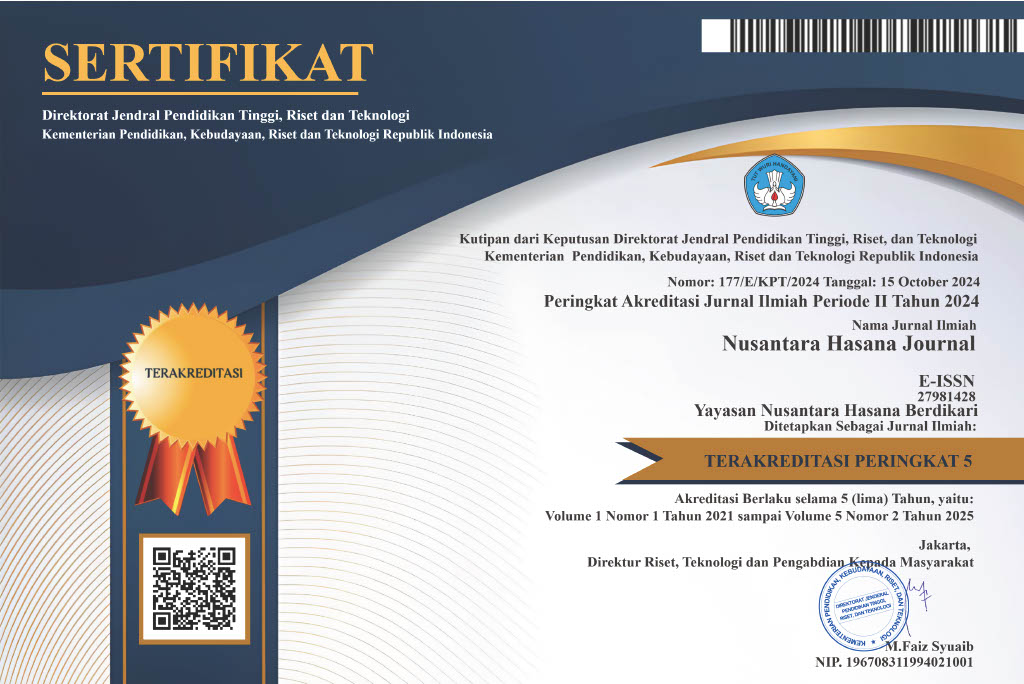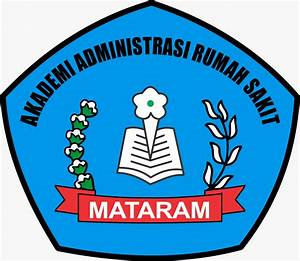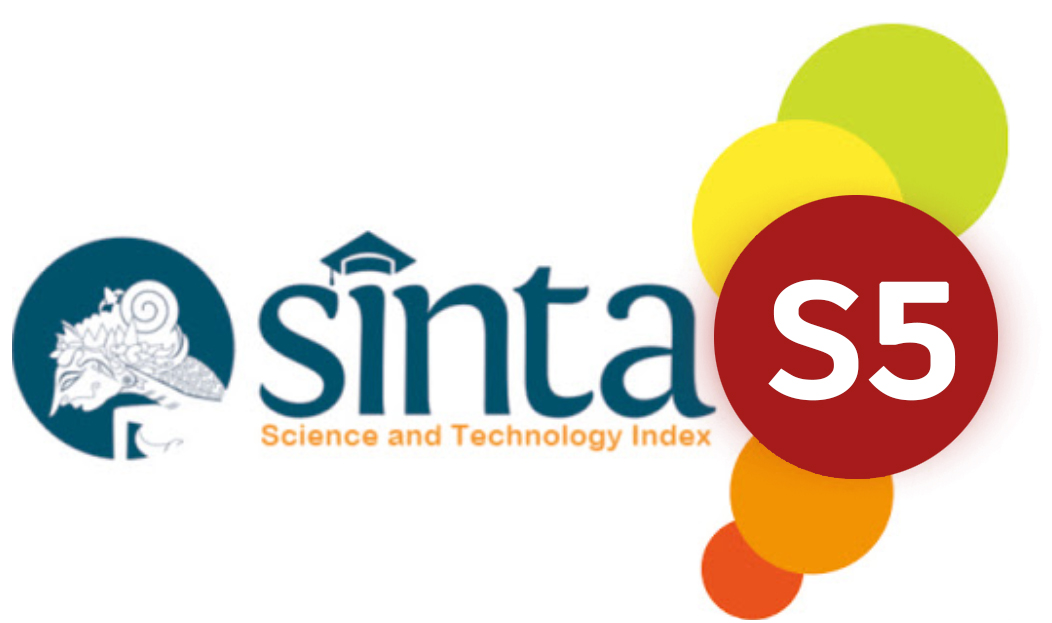AN ANALYSIS OF THE WRITING ABILITY OF GRADE 11 STUDENTS AT SMAN 3 ACEH BARAT DAYA
DOI:
https://doi.org/10.59003/nhj.v5i2.1563Keywords:
Writing, Descriptive Text, VocabularyAbstract
This study aims to analyze the English descriptive text writing ability of grade XI students at SMAN 3 Aceh Barat Daya and identify the factors that cause their low scores. Using a descriptive quantitative approach and supported by qualitative data through interviews, this study evaluated five aspects of writing according to Heaton's theory, namely: content, organization, grammar, vocabulary, and mechanics. Data were collected through descriptive text writing tests and interviews with ten students who had the lowest scores. The results showed that most students had not mastered the structure and linguistic elements in descriptive text. The main problems found include grammatical errors, lack of relevant vocabulary, and irregularity in the organization of ideas. In addition, interviews revealed five main causes of low writing ability: limited mastery of grammar and vocabulary, lack of writing practice, low motivation and confidence, unsupportive learning methods, and lack of access to writing assistive technology. This study recommends the implementation of Contextual Teaching and Learning, the use of assistive technology, and the provision of formative feedback to improve students' writing skills. In addition, continuous writing practice programs and collaboration through peer review are also considered effective for building writing skills.
Downloads
References
Adinda, I., & Sari, A. (2025). The Influence of Interest in Learning and Mastering Grammar on the Students' Descriptive English Writing Ability at Private High Schools in South Tangerang. ESTEEM Journal of English Study Programme, 8(1).
Al-Ghrafy, A. M. Gh. (2018). From process teaching to process testing: A process-based module for EFL college writing assessment. Journal of Teaching and Teacher Education, 6(1), 47–58.
Annisa, F. A., & Sukma, E. (2025). Peningkatakan Keterampilan Menulis Teks Deskripsi Menggunakan Model Contextual Teaching and Learning (CTL) di Kelas V SD Negeri 07 Pasaman Kabupaten Pasaman Barat. Indo-MathEdu Intellectuals Journal, 6(1), 1481–1489.
Brown, H. D. (2001). Teaching by principles: An interactive approach to language pedagogy. Longman.
Dornyei, Z. (2005). The psychology of the language learner: Individual differences in second language acquisition. Lawrence Erlbaum Associates.
Graham, S., & Perin, D. (2007). Writing next: Effective strategies to improve writing of adolescents in middle and high schools.2 Alliance for Excellent Education.
Harmer, J. (2004). How to teach writing. Pearson Education Limited.nu
Hyland, K. (2003). Second language writing. Cambridge University Press.
Indriyani, R. P. (2013). A genre analysis of the difficulties in writing descriptive text. Muhammadiyah University of Surakarta.
Nasrullah, N., & Rosalina, E. (2019). Reflective teaching on the using of contextual teaching and learning notion: Case in secondary school. Inovish Journal, 4(2), 1–17.
Nation, I. S. P. (2009). Teaching ESL/EFL reading and writing. Routledge.
Richards, J. C., & Renandya, W. A. (Eds.). (2002). Methodology in language teaching: An anthology of current practice. Cambridge University Press.
Rusmawan, P. N. (2017). Genre based Approach to Teach Writing Descriptive Text. JEES (Journal of English Educators Society), 2(2), 119–134.
Susanti, A., & Azizan, A. T. (2025). Enhancing Writing Skills Through Chat GPT: A Literature Review. Proceeding of International Joint Conference on UNESA, 2(2).
Xie, Q., & Lei, Y. (2019). Formative assessment in primary English writing classes: A case study from Hong Kong. Asian EFL Journal, 23(5), 55–95.
Yoandita, P. E., & Helmie, J. (2019). An Analysis of Students' Ability and Difficulties in Writing Descriptive Text. Jurnal JOEPALLT (Journal of English Pedagogy, Linguistics, Literature, and Teaching), 7(1). https://jurnal.unsur.ac.id/jeopallt
Downloads
Published
How to Cite
Issue
Section
License
Copyright (c) 2025 Suci Hastuti

This work is licensed under a Creative Commons Attribution-NonCommercial-ShareAlike 4.0 International License.
NHJ is licensed under a Creative Commons Attribution-NonCommercial-ShareAlike 4.0 International License.
Articles in this journal are Open Access articles published under the Creative Commons CC BY-NC-SA License This license permits use, distribution and reproduction in any medium for non-commercial purposes only, provided the original work and source is properly cited.
Any derivative of the original must be distributed under the same license as the original.
























